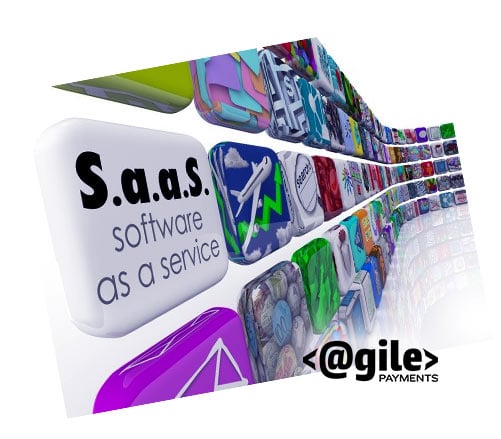Answering that question is largely dependent on what type of business you are and what the business model is. If your business or application is one that is subscription based or has a recurring payments component, then yes; there are a number of benefits to providing ACH payments as an option. Let’s take a look at some of the benefits of an ACH Integration:
Reduced hassle for customers: Let’s face it, credit cards have expiration dates and are often compromised, leading to re- issue. As I sit here writing this, I just received a new credit card, the third in two years for the same account because some merchant was compromised. I now have to go through my statement and find the recurring transactions associated with that account and update each vendor with new card data. For each of the merchants that I am updating card data, none of them offer the ability to pay via ACH. I have no idea why not, but they’re missing the boat on a number of levels. If I could have been paying via ACH, none of this card data updating would have been needed. I mean how often in your checking account data breached? And let’s not forget, a checking account doesn’t expire.
issue. As I sit here writing this, I just received a new credit card, the third in two years for the same account because some merchant was compromised. I now have to go through my statement and find the recurring transactions associated with that account and update each vendor with new card data. For each of the merchants that I am updating card data, none of them offer the ability to pay via ACH. I have no idea why not, but they’re missing the boat on a number of levels. If I could have been paying via ACH, none of this card data updating would have been needed. I mean how often in your checking account data breached? And let’s not forget, a checking account doesn’t expire.
Fewer late or missed payments: Simply by having the additional payment rail of ACH it provides customers with an additional option. Some might not even have a credit card, and those would be lost customers. In some cases the additional payment rail might be used as a back-up payment method. If a card expires or has been compromised, those instances sometimes lead to hunting down new card data. As we have already mentioned, ACH is not nearly as likely to encounter this problem. The bottom-line is that a business who has a recurring payments component will have a better on-time payment statistic.
Reduced attrition: Set it and forget it. Once a customer has provided checking account information, the billing just keeps going. No expirations. The customer must initiate an action to stop the billing from happening. I liken this to my local gym membership. They accept only one form of payment; ACH. That’s right – no credit cards, no mailed in checks and no pay in person. This huge organization knows the benefits of ACH in terms of attrition.
Processing rates: Most businesses that have a recurring revenue component know their customers pretty well. They also provide a useful service to their customers that the customers depend on. Much of the time the service can be withheld or “toggled off” if payment fails. It’s these factors that lead to ACH payments being an accepted payment method by the business. What makes it a favored payment method is the difference in processing costs versus what are card not present credit card transactions. First, understand that card not present transactions are priced higher than a face to face transaction, as the risks in the credit card world are higher, or at least perceived to be higher. That’s not the case with an ACH transaction. For a given merchant, there’s no difference is price for an ACH transaction that is originated face to face or remotely, i.e., web transactions or transactions originated from an agreement. The difference in processing costs can be significant. A merchant who has a thousand customers who are billed $100 per month would typically incur $2,700 in Visa or Mastercard credit card processing costs, while the same merchant processing those same transaction via ACH would incur less than $300.
If your application could benefit from an ACH integration, contact Agile Payments do discuss your requirements. We’ve been working with integrated partners for over 18 years.
Contact us here:
//



